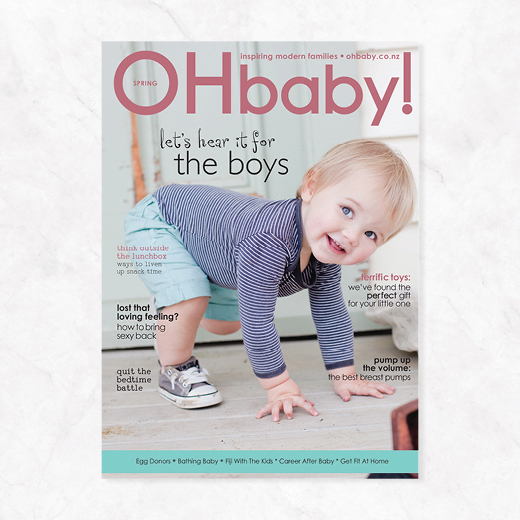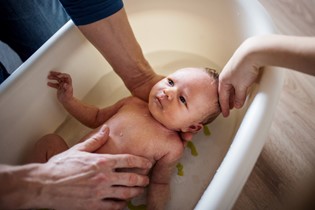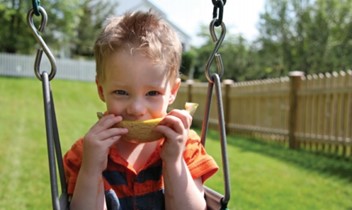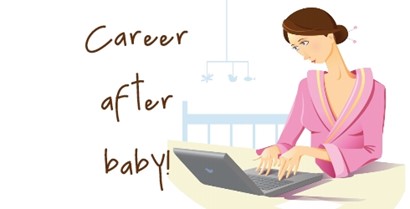Looking After Number One

Number one is you and your body: There’s no point in starting on an exercise regime if it leaves you injured and uncomfortable for days after.
One of the downsides to exercising at home is that there’s no one to monitor the “safety” of exercises you find on online so be careful what you choose.
OHbaby! fitness expert and physiotherapist Renée Vincent advises looking for routines which show beginner, intermediate and advanced techniques within the same routine, or which have an introduction session at the start which discusses breathing and the right way to perform the moves.
If you are pregnant or a new mum it pays to be extra careful and seek out exercise designed for pre and post-pregnancy bodies.
Renée urges all mums to start slowly and build up to your goal, whether it be completing a Zumba routine or running a marathon. Over-extending yourself will lead to injury and, anyway, won’t get you fitter any faster.
As a physiotherapist who often sees mums who have exercised too hard, Renée says, “Try to be really honest with yourself and kind to yourself.
“Sometimes women can be really harsh on themselves — they want to go all out and get their old bodies back fast. But often the approach that works better is to have nice gentle exercises that are achievable.”
There are three ways to check whether your exercise routine is at the right level:
- For cardio-vascular exercise if you can sing at the top of your voice while exercising then the routine is too easy, but if you can’t hold a conversation then it’s too difficult.
- For strength training you should be able to finish the set of repetitions with just a comfortable level of tiredness in the last couple. If you’re struggling after the first three or four then you’re pushing yourself too far. “Learn how it feels when your muslces are straining too hard,” advises Renée.
- Co-ordination: The important thing is to understand how to complete the movement involved while keeping good posture and balance and also retaining steady breathing throughout. If you are struggling, you might need to start with easier exercises.
Women who have had a baby three to six months earlier need to be extra careful as the abdominal and pelvic floor muscles will be a bit “wobbly”. For these mums there some important things to watch out for. Be aware that the hormones that make the joints of the body more flexible during pregnancy are still present for up to six months afterwards. This means that you are more vulnerable to injury if you push your body too hard.
Secondly the pelvic floor and abdominals are greatly affected by pregnancy and labour and these muscles need time to recover before being pushed hard.
For all exercise, it’s best to start slowly, getting the movement and posture right first before doing it faster.
Renée is not a fan of short, sharp bursts of vigorous exercise, saying this is a recipe for injury.
“Quite a few people can’t exercise at a high intensity anyway — or they can’t do it safely without hurting themselves. Thirty minutes of moderate exercise three to five times a week is the Ministry of Health guideline,” she says.
And she finds, once they’ve had children, mums very often turn away from high-intensity cardio to more “relaxing” Pilates or yoga.

AS FEATURED IN ISSUE 23 OF OHbaby! MAGAZINE. CHECK OUT OTHER ARTICLES IN THIS ISSUE BELOW

















